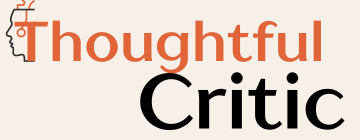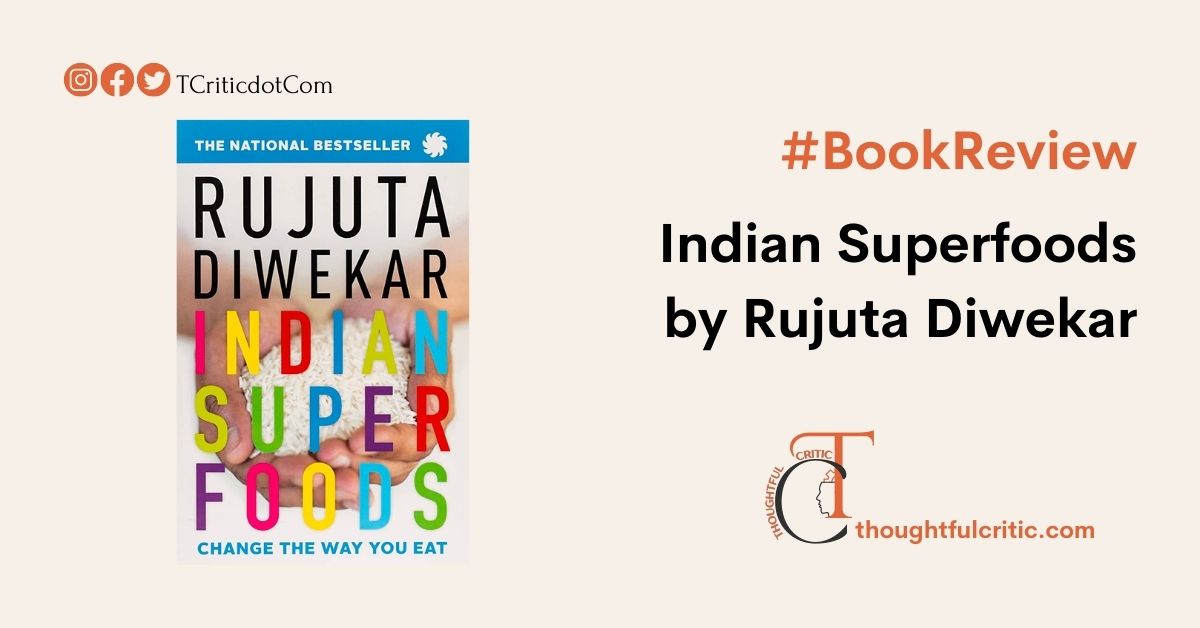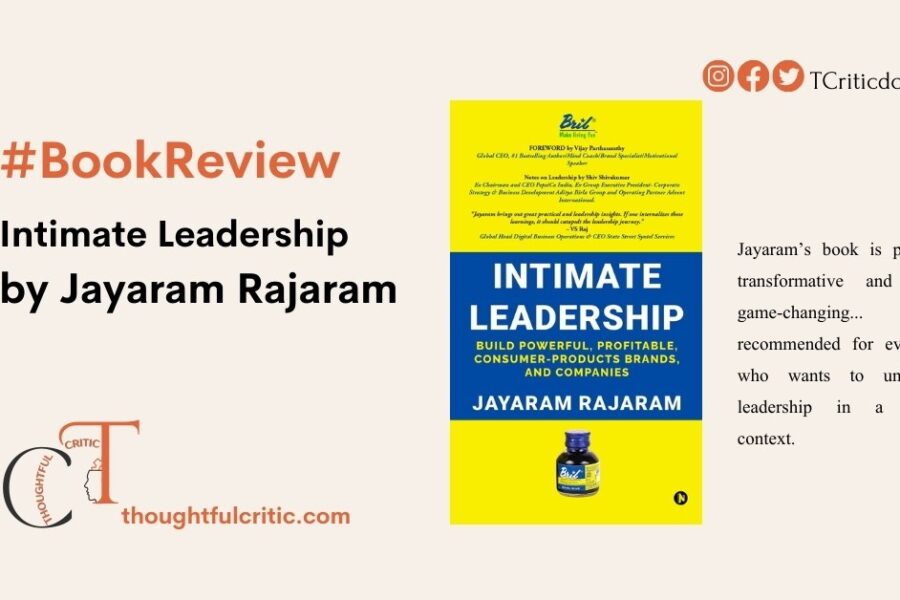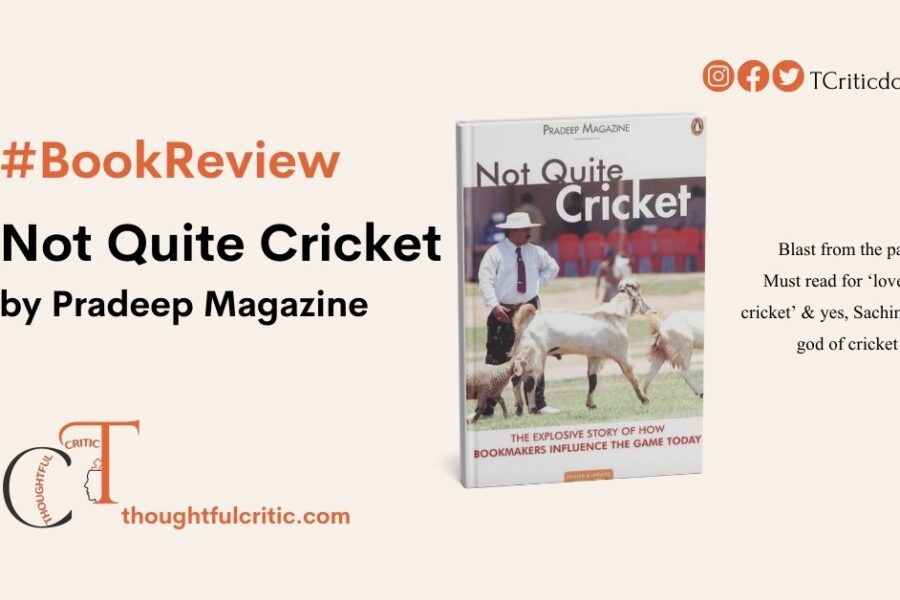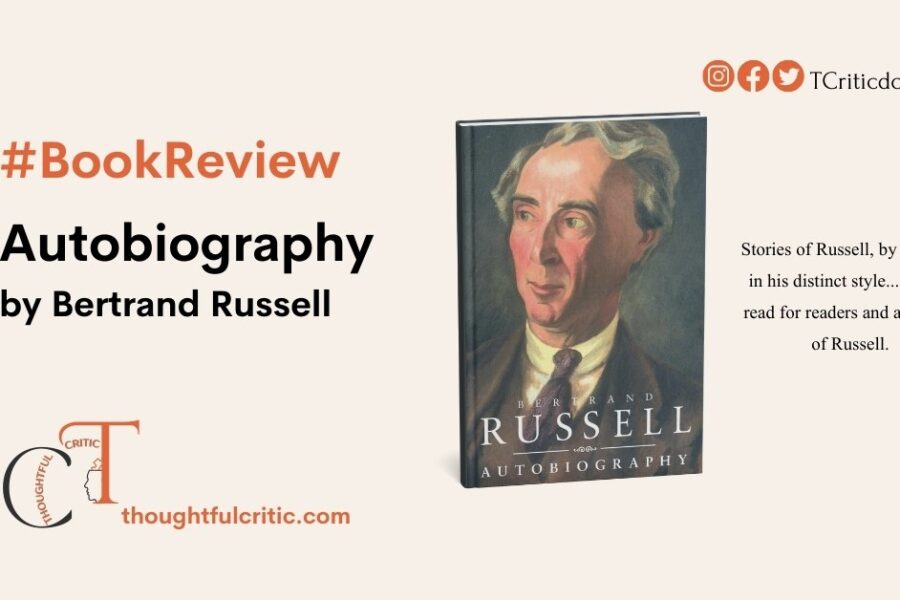Experts are everywhere in India. More than in any other part of the world, you will find experts on this, on that, on something, on some things, and even on everything in every street, vicinity and locality (in India). Who cares about the qualifications or certifications for the expertise? Just savour the acumen! Rujuta Diwekar poses herself as an expert in nutrition, what we call a nutritionist, who has written many books. With a shot to fame aided by Kareena Kapoor (Khan), Rujuta rode the wave of her celebrities’ concerns and started to offer her elite food plans for eager clients in lacs… from 2-3 lacs for 2-3 months to 30-32 lacs for a year. Well, our concern is her book, Indian Superfoods, which became famous and has been translated into many languages. How super is the book Indian Superfoods by Rujuta? What new and important information has she been able to include in her book? Let us find out in this article.
The context:
The Western world, western beauty, western attires, western lifestyle, and Western foods…Ah! Why cannot we talk about India, the Indian lifestyle and Indian Super Foods? Hamara desh, hamari sanskriti and hamara Desi khana, we almost have neglected whatever was ours and our ancestors were proud of. All we did to be in the race of adapting and assimilating Foreign was to ignore what was in front of us and pry for something that was always going to be elusive for us! Without knowing the origin of the source and its effects, I should rather say side-effects on us and generations to come, we just kept collecting the fragments from the bin boxes of the West. The climate, environment and food of the country where we are born have a deep impact on our physical and mental health. However, a sudden or imposed and unknown (not local) change in lifestyle, food pattern and habit make things complicated. It eventually affects our overall well-being. You may think that you are following what is so-called as Trend, or in other words the Modern Lifestyle, but, on the other side, you are actually declining on the health graph. How is it even possible? Rujuta Diweker, who claims herself to be India’s leading Sports Science and Nutrition Expert, asserts the same in her book titled Indian Super Foods. I am sure, the next question which would have come to mind is – do we seriously have superfoods? Yes, we do have superfoods and not one or two but, to your surprise, there are many superfoods. These foods are common. However, they became less common because of our ignorance towards ancient wisdom that was carried for a long by our ancestors. These undervalued food items were once celebrated by our ancestors for their therapeutic and well-being properties.
I have never heard my grandparents complaining about energy loss, fatigue, or insomnia. Nor they were ever deficient in essential vitamins. All these are gifts of modern lifestyle and foods. Shouldn’t we give a thank you to this Modernity? In Indian Super Foods, Rujuta Diwekar gives you a refreshing take on traditional Indian foods and their nutritional powers. In this comprehensive guide, Rujuta emphasizes the importance of incorporating locally sourced, wholesome foods into our daily diets, debunking various dietary myths and providing valuable insights into the health benefits of Indian superfoods. She has incorporated a wide range of Indian superfoods, including but not limited to turmeric, ghee, jaggery, rice, banana, coconut, and millet. Each superfood is given its due importance, with detailed information on its nutritional composition, traditional uses, and practical tips on how to incorporate it into everyday meals. The comprehensive coverage of these superfoods ensures that readers have a holistic understanding of their benefits and can make informed decisions about their dietary choices. At least, this is what the author claims. And her claims are made in simple and direct language, a lucid but lackadaisical style.
The Book & Content:
One of the standout features of “Indian Super Foods” is Rujuta’s dedication to providing detailed explanations for each food item she discusses and calls superfoods. She delves into the ‘scientific’ principles behind the health benefits of these superfoods, offering a solid foundation for readers to understand the reasoning behind her recommendations. Rujuta tries to bring our attention to the fact that we are COPYING the food habits of people who are COPYING us, or our grandmothers more specifically. While everyone in India knows how much dal to add to rice to make Khichdi, someone in the West is studying its proportion to earn a PhD And they will probably also pursue a post-doc in how the proportions change when the person is sick or when seasons change or whether you want to turn it into a dosa or an idli. Isn’t it shocking? Whatever we already have or we are known to WEST is selling us back at a higher price explaining its importance. I feel it is not shocking. Rather, we should be shameful for not valuing our food wisdom and blindly following a Western lifestyle. And the sad part is that this West lifestyle gives us more health troubles than nutrition and well-being. This part, to be honest, will add pride to any Indian’s thinking – how good we have been for ages!
The next most important thing the author loudly says is that Superfoods Are Always Local. Now, what does Rujuta mean by it? By local she means the food items that grow naturally in the same land you live. Scientifically also, this fact can be established. Many doctors, certified nutritionists and medical experts have asserted the importance of locally grown food items. They support our immune system, and overall health and help us stay fit and healthy. Or, at the least, they do not affect our health system in any way. They not only stand the test of time but also develop a symbolic relationship with the soil, climate and living beings on the land. She highlights the benefits of consuming locally grown foods, explaining how they are better suited to meet the nutritional needs of the local population. Not only this, they even bring income to those who grow them. And now, you will burst into laughter if I tell you that Curcumin which doctors prescribe us as an antidote for fatigue and obesity is none other than Haldi. Haldi is one of the most important spices which we everyday use in our food. This is one of the many examples she has given in the book. However, here, I differ a little in terms of the content delivery. Who does not know about Haldi? Indians have been known for spices and their benefits for ages… Rujuta highlights the things any aware or even just educated person knows… or even someone who indulges in day-to-day conversation should know these benefits. Is anything new in this part of the book? NO! The knowledge that we already have has been restructured, repacked, and served. Still, that’s worth reading… worth reminding ourselves of what we possess in terms of nutrition wisdom.
Almost every one of us has many apprehensions in mind with respect to food and food items, especially when it comes to Sugar and Ghee. Whether we surf the internet or consult a modern dietitian, a doctor or even our trainer at the gym, everyone tells us to cut down on our sugar and fat content. Am I right? Do Ghee and Sugar actually bad for our health? In India’s ‘Pnchamrit’, the five nectars of life, Ghee and Sugar are the two nectars and Ghee is the King. Also, it is just not what our forefathers said – Ghee is the super-fat as it promotes fat burning from stubborn fat areas of the body, healthy bacteria in the gut, the health of your heart and even buddhi, the brain’s ability to discriminate. So, Ghee is a Fat Burner, not a Fat Gainer. But isn’t ghee super unhealthy? That is why we prefer to eat Dal-Bhaat and Chapati without ghee. Isn’t it? Shouldn’t we stop consuming biscuits instead of ghee as eating biscuits will raise the chance of heart attack more than consuming ghee (because it has cholesterol)? However, it is also not to unsee and unread that the author’s assumptions are rather wayward and her interpretational skills and knowledge of the Hindu texts are scanty!
यावज्जीवेत्सुखं जीवेत् ऋणं कृत्वा घृतं पिबेत् ।
The author goes on to explain Ghee as a beneficial food after quoting a line from Chavarka’s darshan. However, she conveniently ignores the other two lines, dealing with philosophical ideas for which the first line is merely a vessel with imagery explaining the richness of life. Ghee acts as a symbol… not as literal food.
भस्मीभूतस्य देहस्य पुनरागमनं कुतः ।।
त्रयोवेदस्य कर्तारौ भण्डधूर्तनिशाचराः ।
And that is why it is highly advised to have basic skills to discern, deduce and then judge before one indulges in the Hindu philosophy… it is nothing like going through any other civilisational literature where you see one thing and it means something around that. Hindu literature is an abyss that does demand a Guru (be it oneself or someone else) and a dedication to having the patience to let things unfold first rather than jumping the gun after seeing the very first line. I would rather advise the author should have read Bhojanakutuhala… for some authentic information and knowledge on the nature of Indian food, its usage, the science behind them and much more.
Now, let’s discuss sugar. Sugar fear has come from the West to India. Globalization happened and Westernization pushed its way in as a more intelligent, hygienic and cooler choice. Instead of cow milk and halwas for infants we are using infant formulas since birth; the place of chyawanprash in milk for school kids has been captured by powders with high amounts of industrialised sugar; the share of sugar in chai or coffee is replaced with sweeteners along with biscuits and cookies; our traditional homemade sherbets, laddoos, shrikhand are conveniently substituted by canned juices, cold drinks, cupcakes, chocolates Greek yoghurt and ice creams respectively. And now, you will be more astonished to learn that sugar is a sweet anti-ageing secret to have. Sugar cane and all its derivatives help prevent skin damage of all kinds, from tanning to freckles to wrinkles. Apart from this, sugar cane provides fibre, minerals and Vitamin B, all of which help the body keep the digestive system strong. Also, sugar cane puts your body in the positive Nitrogen balance, which is a state where the body is not sacrificing muscle to meet its energy demands. That is why sugar cane juice has been used to break fasts right from the Buddha’s time (and before). It is just about sugar and ghee. However, there are many things this book has to offer you. Seriously, this book has hit hard on my brain. Well, another side of looking at it may be investigating what is the basis to make such assertions. What experiments have been conducted by the author, a self-proclaimed world’s leading nutritionist, to prove whatever she has claimed in the book? Pharma industries and their lies, modern diet essentials and many other things literally sugarcoated… in terms of ingredients and churning our body to bereave it of all the healthy juices are one thing. People are awakening to these senseless habits, gradually, but eventually. However, offering sweet fruits to patients with diabetes? Offering ghee and other fat-rich items to aid cholesterol? The author should have explained herself well, in terms of pure science, rather than just blabbering and unnecessarily dragging the age-old Ayurvedic secrets which were based on scientific facts… In today’s world, no one can hide behind words. We demand facts.
The Book – Beyond the Content – in technical terms:
Language? Ask me not! I am rather unimpressed by the language she has used to write this book. It is written in a language that a 5th grader would love to read and a 6th grader would love to write. Well, I am not being sarcastic… I am just being blunt and I stand by it. However, the language part does not take anything away from the book. Sometimes, one some places, the author has been splendid in explaining her thoughts, offering her wisdom, and decoding the common Indian food items for her readers. Language, albeit localised and over-simplified, makes things rather funny and easy to understand. However, while discussing serious things about nutrition and science, the author should have used serious language that synchronises with the composure and delicacy of the subject matter. On those occasions, the book reads nothing more like a farce put on the rack with books about food sciences. Let’s have a look:
“So remember, dar ke aage banana hai, and banana zaroor khana hai.”
(Fact vs Fiction section me bade-bade dave sahi batana hai… par ‘fact’ kahan se laye ye nahin batana hai!)
What the hell guys? The author’s claims are too big… she is recommending bananas to blood pressure patients. I am not an expert in the medical chamber. However, if you do something like that, you need to show some research, some of your own assessments (on your clients) or at least something that you may call ‘reports asserting that’. But no! You are given a dumb allusion to dashing Hrithik’s ad – dar ke age banana hai!
There are many sections, in fact in every chapter, Fact vs Fiction, where the author ‘debunks’ the popular medical ‘facts’ associated with various items discussed in different chapters. However, from where do these ‘facts’ come, no one knows. That makes these assertions look amusing. I won’t advise any reader to have these notions tried without expert supervision.
Overall, in the end:
There are many things in the book that we already know, by default. However, the silly writing style and my way or highway approach by the author have made a mockery of this serious discussion on Indian superfoods! Read it, if you want. However, before you try anything mentioned in the book, do consult with any good medical expert. Try to understand the genuine facts and do some basic research. All the best!
Review by Parakashtha for Thoughtful Critic
